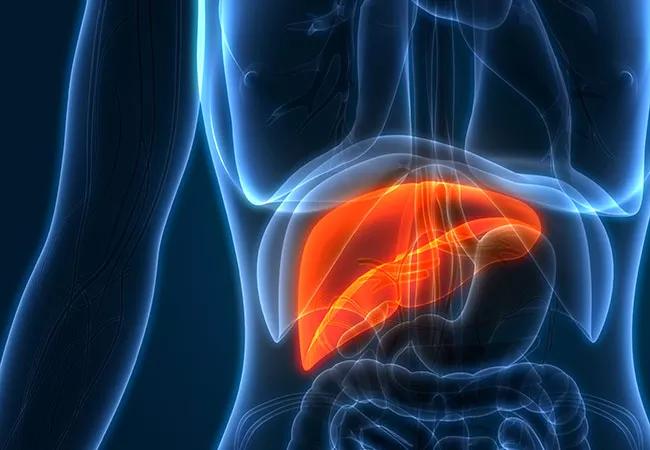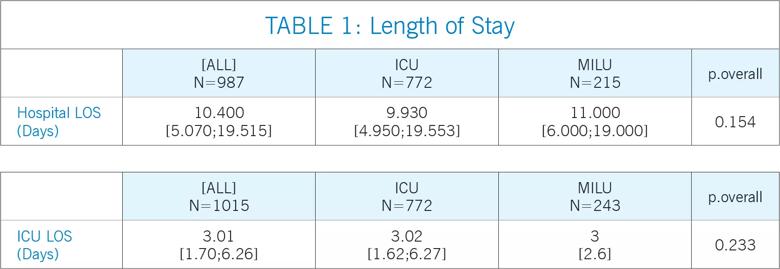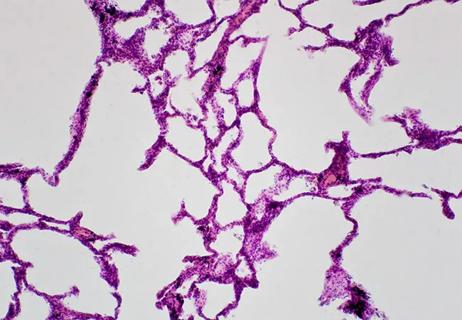Advertisement
A closer look at outcomes

By: Aanchal Kapoor, MD; Eduardo Mireles-Cabodevila, MD; Hassan Khouli, MD
Advertisement
Cleveland Clinic is a non-profit academic medical center. Advertising on our site helps support our mission. We do not endorse non-Cleveland Clinic products or services. Policy
Decompensated cirrhosis, acute liver failure and acute-on-chronic liver failure usually require management in the intensive care unit. Although, the overall survival rate of critically ill patients with liver disease has increased over time due to improved management of these patients, the mortality rate of patients with liver cirrhosis admitted to the ICU is high (32% to 69%), and leads to high resource utilization and prolonged hospital stay.
The medical intensive care unit (MICU) at Cleveland Clinic cares for a large number of critically ill patients with liver disease. To optimize management, we assembled a multidisciplinary team of medical intensivists, hepatologists, nurses, pharmacists, social workers, advanced practice providers, nutritionists, physical therapists and hospital operators. The goal was to develop a novel care model focused on addressing the specific needs of this patient population. The objectives were to improve patient care by developing standardized approaches, with the hope to improve survival, decrease ICU length of stay, expedite transplant evaluation and optimize the patient clinical status before liver transplantation. To achieve this, we started an iterative process to understand workflows, recognize priorities of the different disciplines and organize approaches. The result was a new organization of the MICU to contain an area designated to care for critically ill patients with liver disease. Our group developed institutional guidelines, nursing protocols and order sets based on current evidence.
The final product of this collaborative effort was Cleveland Clinic’s Medical Intensive Liver Unit (MILU), which opened in the summer of 2018. One of few liver-specific intensive care units in the U.S., the MILU offers multidisciplinary care for critically ill patients with liver failure — including acute liver failure, acute on chronic liver failure, cirrhosis and its complications, as well as patients waiting or being evaluated for liver transplant. The MILU is unique in bringing special expertise, in the form of a multidisciplinary team, to daily rounds. The combination of professions at the bedside, along with standardized approaches improves alignment among teams, the patient and family. It has also generated a fertile ground for continuous improvement and research.
Advertisement
From August 2018 to February 2019, 273 patients were cared for by the MILU team; of these, 185 had liver cirrhosis. The remaining patients (n=88) had acute liver failure or acute alcoholic hepatitis. We compared the outcomes of patients with cirrhosis to a historical control of 772 patients with liver cirrhosis admitted to Cleveland Clinic’s MICU between 2007 and 2017 (non-MILU cohort). We did not have data on acute liver failure patients in the historical group. Patients in the MILU group had significantly higher transplant-free survival rate (79.5%) compared to patients in the non-MILU group (70.8%) (p=0.015). After adjusting for age, gender and liver disease severity (using the model for end-stage liver disease-sodium score), transplant-free survival was significantly higher in the MILU group than in the non-MILU group (p=0.028). There was no significant difference in length of stay between the two groups. Of the 67 total liver transplants performed at our institution during August 2018 and February 2019, 25 of these patients (37.3%) were cared for in the MILU at some point prior to their transplant.


The MILU presents a sub-specialty model of critical care for patients with advanced liver disease. Our team approach to engage a difficult clinical condition with multidisciplinary interventions and standardization of evidence-based practice may increase transplant-free survival and offer optimized bridge to lung transplant for critically ill patients. Our MILU provides novel training and educational opportunities. Nurses, residents, fellows and visiting staff learn about the latest care of advanced liver diseases through a collaborative and innovative care delivery model.
Alex Warren, Charlotte R. Soulsby, Alex Puxty etal. Long-term outcome of patients with liver cirrhosis admitted to a general intensive care unit. Ann Intensive Care. 2017; 7: 37. doi: 10.1186/s13613-017-0257-6
Delphine Weil, Eric Levesque, Marc McPhail, Rodrigo Cavallazzi, Prognosis of cirrhotic patients admitted to intensive care unit: a meta-analysis. Ann Intensive Care. 2017; 7: 33. doi: 10.1186/s13613-017-0249-6
Jody C. Olson, Julia A. Wendon, David J. Kramer etal. Intensive Care of the Patient with Cirrhosis. HEPATOLOGY 2011;54:1864–1872
ATS Poster Presented: A Novel Multidisciplinary Approach: Medical Intensive Liver Unit
Aanchal Kapoor, Christina Lindenmeyer, Gianina Flocco, Eduardo Mireles-Cabodevila, Hassan Khouli. www.atsjournals.org American Journal of Respiratory and Critical Care Medicine 2019;199:A1672
Advertisement
Advertisement

Lessons learned from cohorting patients and standardizing care

New tools and protocols to improve care

Cleveland Clinic pulmonologists share a framework for how to implement effective clinical protocols to standardize evaluation and management of complex acute respiratory distress syndrome

An interdisciplinary team of specialists improves outcomes with effective collaboration, communication and identifying and implementing best practices

A public health tragedy with persistent pathophysiological and therapeutic challenges

Immune toxicity remains a diagnosis of exclusion, and multidisciplinary collaboration remains the cornerstone for early diagnosis and treatment.

A closer look at risk, clinical manifestations, treatment and prevention efforts

Refer early, even when patients aren’t yet transplant candidates